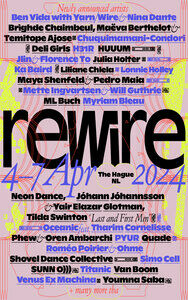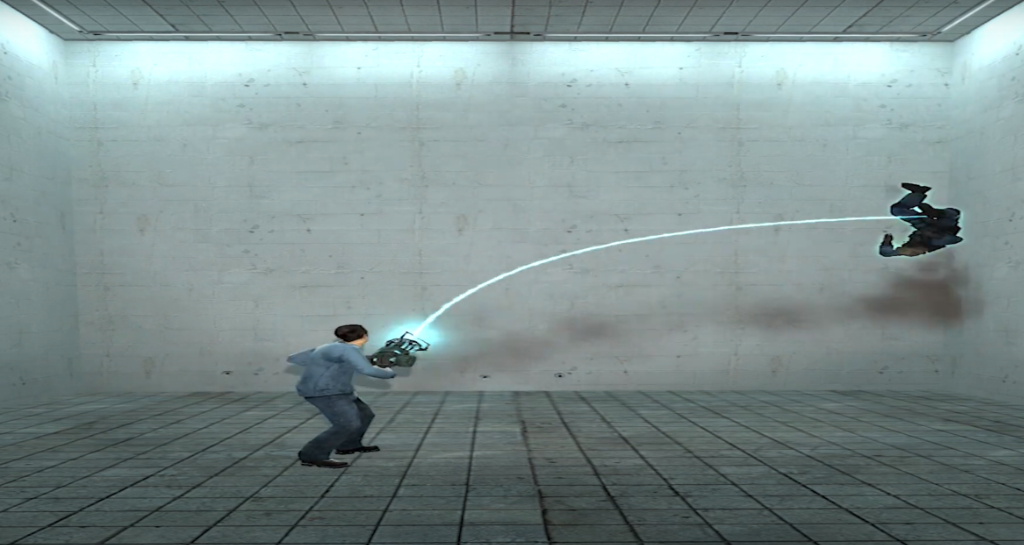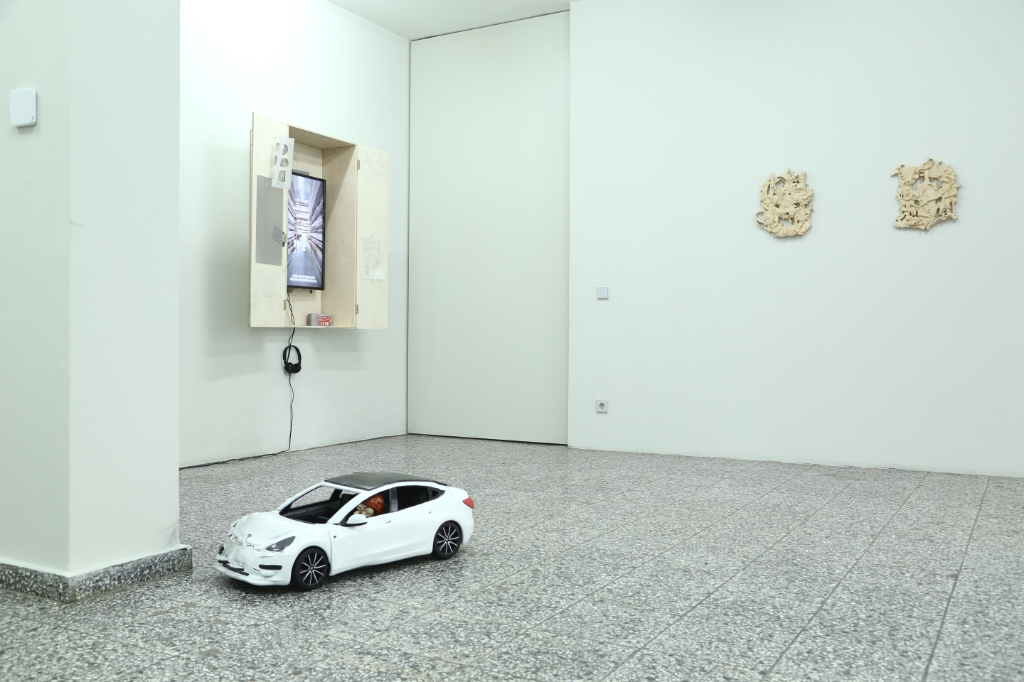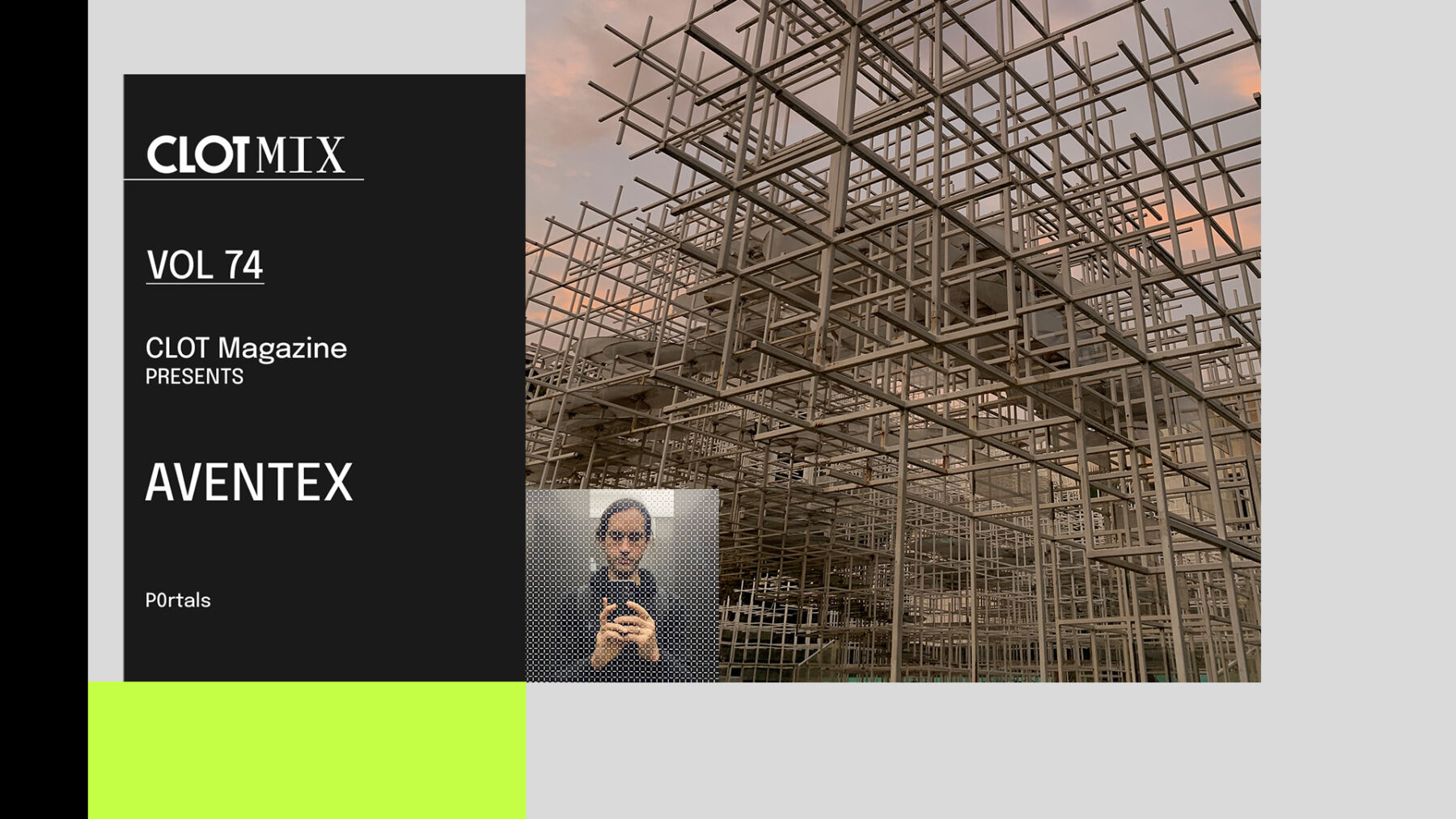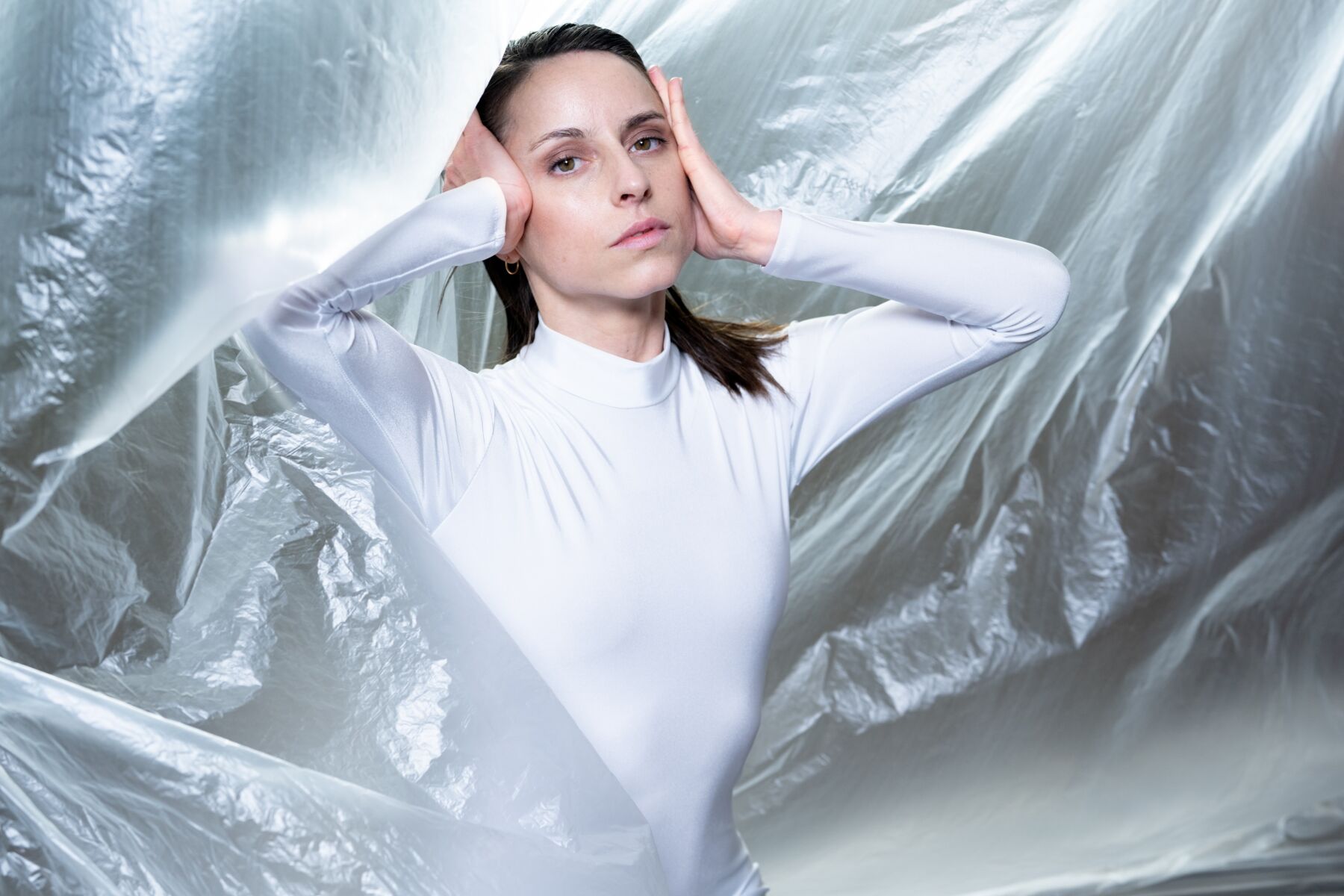Words by Lula Criado
Surgery steel, apocalypse, mutilations, anatomy, subconscious, experimentation, consumerism, masturbation, pleasure, vanity and hedonism are some of the words that describe the universe of Jan Manski’s art.
Jan Manski is a Polish artist based in London who blends synthetic and organic materials consisting of horse skulls, mannequins, fat, leather, soil and cosmetics to create conceptual artworks which expose the absurdity and violence of plastic surgery. His trilogy —Possesia, Onania and Eugenica— is a disturbing and fascinating journey in which Manski shows a human body deformed and mutilated and, as a surgeon does, dissects and uses the human body to help us understand the society in which we live.
Possesia investigates Europe’s violent past, Onania parodies our present consumerist culture, and Eugenica will depict the culmination of genetic experiments, Manski says.
My first exposure to the universe of Jan Manski’s work was in March at BREESE LITTLE Gallery, where I enjoyed Possesia, the prequel of Onania. Manksi told me he has always been fascinated with history, especially the dark side. The dark side of medical science, I add, after having seen Possesia. Through videos, collages, paintings and sculptures, Manski takes our hand and guides us through an apocalyptic world – diseased in Onania, damaged in Possesia and extinguished in Eugenica.
While Onania shows a society obsessed with plastic surgery, Possesia explores the violence and destruction that spread across Europe one hundred years ago and Eugenica, a forthcoming exhibition, will analyse scientific experiments.
I had the chance to enjoy Possesia, a prequel to Onania, at Breese Little Gallery in London in March. One of the central axes of the Possesia series are mutilations and medical experimentations; when and how does the fascination with surgical steel come about?
As a child, I was fascinated with history, especially its dark side. I’ve since spent a great deal of time researching medical experiments of the Nazi era. Their measuring instruments and other bizarre tools opened new areas of possibilities before me. During preparations for Onania, I visited hospitals and collected vintage surgical tables, gynaecological chairs and other accessories. I began to transform ordinary medical accessories into stylised instruments of unknown origin. In Possesia, I mix them with vintage laboratory equipment. In Onania, they are covered with pastel pink
The main subject of the trilogy Onania, Possesia and Eugenica is the human body disfigured, damaged and mutated. Do you find your creativity is close to biological and medical sciences?
My trilogy shows three stages of the deformation of the human body: Possesia investigates Europe’s violent past, Onania parodies our present consumerist culture, and Eugenica will depict the culmination of genetic experiments. In all three parts, the human body is the main subject, and its forms are made from organic materials.
Sculpture can produce forms that are very similar to nature when an artist becomes unified with the process. It’s a state of lack of control; the form somehow appears, and the artist becomes a witness. Art and science have much in common – both are focused on the unknown and in both cases, there will never be an ultimate answer.
When you distort and transform the human body, do you try to perturb your audience or rather promote reflection on the fragility of the human condition? What do you expect from the viewer?
I’m just sharing my vision. I think that giving one symbolic meaning to a piece of art is a misunderstanding. I prefer a metaphor that is open to interpretation. I respect the viewers and don’t give them ready answers. I prefer to confront, provoke, and ask.
I have always been interested in artists that create worlds of art that matter and that somehow reflect our common fears and desires. I hope that some engaged viewers will take a journey inside my work and read between the lines. The fragility of the human condition is one of the first levels.
Possesia is an apocalyptic vision of the destruction that spread across Europe 100 years ago. If you had the choice of being born in any period throughout history, in which period would you choose?
I think despite all the threats that exist today, we are lucky to live in the best time for humanity so far. We are just starting to erase intolerance and racism. It is still a long way before us, but art is finally free from religious chains after thousands of years. We tend to be fascinated with the past and are blind to the reality that is before our eyes.
This is a fascinating time of extraordinary scientific development that will bring more changes to our world than any politician ever has. I hope to still be alive in a time when the industry of killing animals will be regarded as shameful history. We are already growing meat, and soon we will be printing transplant organs on a mass scale; how amazing is that?
When you are blocked, what do you do to get your creativity flowing again?
I never work on one piece at a time. When I work on many pieces simultaneously, I can easily turn the energy from one piece to another. When I feel that I need to rest from a certain piece, I focus on a different one. In this manner, I work every day without stopping. New ideas appear constantly, and the list of works to complete is very long. They evolve all the time and change places in my hierarchy of projects to realise. No matter what I do, I’m processing them in my imagination all the time.
Do limitations force you to think more creatively?
In my childhood, I somehow gravitated towards movies where the main character works alone in old trainers and, in the end, grabs the gold. I don’t think much of limitations, really. My energy sees opportunities, chances, and new ways of viewing the same things. I always set my goals above my abilities and try to achieve them. Limitations are not there for real; the only thing that can limit us is our own minds.
You couldn’t live without…
Freedom. We are so accustomed to it that we don’t appreciate it or even see it anymore. Not very far away, in Kyiv, young people like us gave their lives for freedom. They were so humiliated and despairing that they decided to start a revolution and risk their lives. They won, having no more weapons than rocks and a desire to be part of a free Europe.
We are not aware of how we would act in this kind of situation, and I hope we will never know. The new danger in Eastern Europe is real, and we will hear more about it in the coming months and years.
One for the road… Solitude or loneliness, how do you spend your time alone?
Most of the time, I spend in my studio working alone. There is no music, but I never feel like there is silence.










